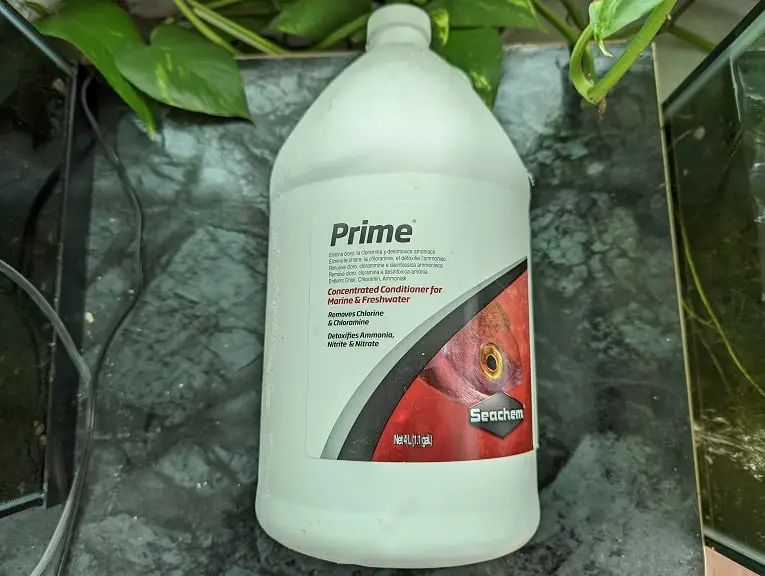The CaribSea Eco-Complete Planted Aquarium Substrate, which has been rebranded to the CaribSea Eco-Planted Aquarium Substrate, contains live beneficial bacteria. To see how you can use this product when fishless cycling your fish tank, you can follow the steps laid out in this guide from Aquarium Blueprints.
1. To start off, we recommend that you get the following products for the cycling process:
- A dechlorinator, like Seachem Prime, to remove chlorine and chloramine from your tap water.

- A source of ammonia. For this, you can simply add a pinch of fish food to the tank as these will eventually breakdown into ammonia.
- Aquarium test kit that shows the ammonia, nitrite and nitrate levels in your tank.
- While this is optional, getting live nitrifying bacteria will help significantly speed up the cycling process. Keep in mind that Eco-Complete or Eco-Planted only contains Heterotrophic, which helps breakdown organic wastes, such as the aforementioned fish food. However, the substrate does not contain any nitrifying bacteria.
2. Once you have all the necessary items, set up your fish tank by first adding your Eco-Complete or Eco-Planted.
You can then add your live plants if you have any. The plants should help speed up the cycling process as they will consume ammonia.
Afterwards, install your filter, heater and the rest of your aquarium equipment.
3. If you are planning to use tap water to fill your tank, then the next step is to add dechlorinator to the tank. Once you done that, you should then be able to pour in the tap water.
4. You can then add a small pinch of fish food to your tank. The Heterotrophic bacteria species from Eco-Complete or Eco-Planted should start consuming the food right away and converting it over to ammonia.
5. If you decide to use live nitrifying bacteria to your fish tank, then now is a good time to add it in.
By doing so, you should be able to cut down on the fishless cycling process significantly. A product such as Seachem Aquavitro Seed or Seachem Stability can reduce the time needed to just one week.
6. Continue adding a small pinch of fish food daily to your tank to feed the Heterotrophic as well as the growing nitrifying bacteria colonies.
7. After one week since you started the fishless cycling process, you can start testing your tank water for ammonia, nitrites and nitrates.
For most fish and other aquatic pets in the aquarium hobby, you should aim for the following levels:
- 0 ppm of ammonia
- 0 ppm of nitrites
- Less than 40 ppm of nitrates
If you have fragile fish or other species, then you should target the following:
- 0 ppm of ammonia
- 0 ppm of nitrites
- Less than 20 ppm of nitrates

8. Continue feeding your bacteria with fish food and testing your water.
You don’t have to test your water everyday unless you believe that you can close to getting your aquarium fully cycled.
9. If you need to reduce your nitrate levels, then you can do partial water changes.
10. Once, you met your target water parameters, you should be able to start adding fish to your aquarium.
